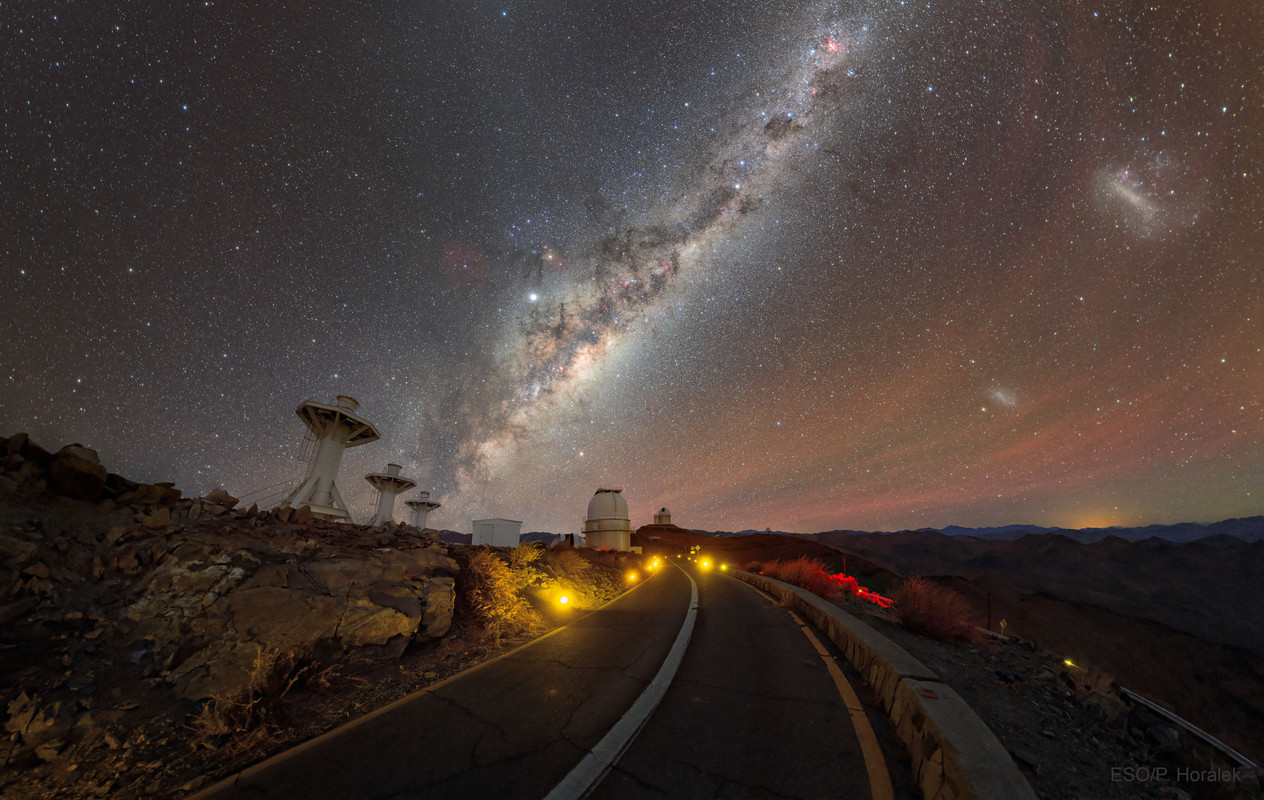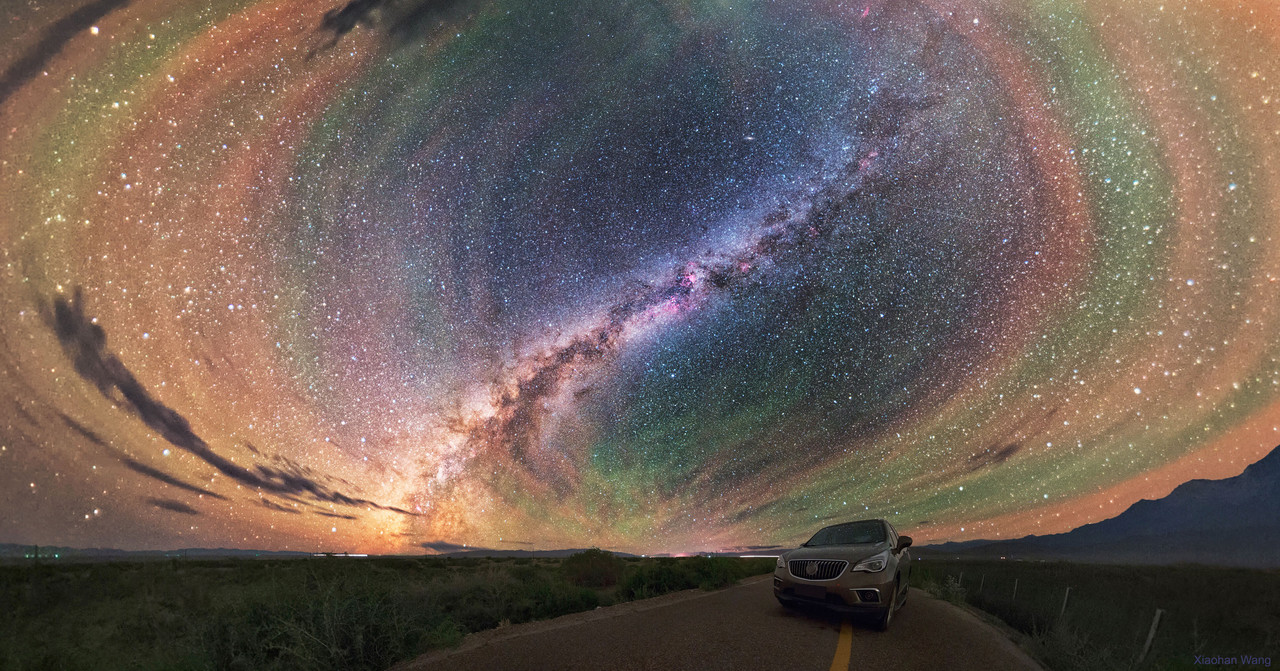-
SCAM WARNING! See how this scam works in Classifieds.
You are using an out of date browser. It may not display this or other websites correctly.
You should upgrade or use an alternative browser.
You should upgrade or use an alternative browser.
The Picture Thread
- Thread starter vtac
- Start date
stark1
Lonesome Planet
The pesticide DDT not only killed off pests in the sixties, it also decimated the population
Of birds, like the Eagle: It prevented calcium metabolization, and caused egg shells to become calcium deficient.
In order to revitilize the population, some eaglets were brought from places like Canada and
Relleased in Western Mass.
There are now over eighty documented eagle pairs nesting in state, with nesting territory spreading further eastward
Yearly.
In 2020 the first eaglet born on the Cape in some 120 years was celebrated.

Hungry raptors in Worcester county

The Eagle soars again

Of birds, like the Eagle: It prevented calcium metabolization, and caused egg shells to become calcium deficient.
In order to revitilize the population, some eaglets were brought from places like Canada and
Relleased in Western Mass.
There are now over eighty documented eagle pairs nesting in state, with nesting territory spreading further eastward
Yearly.
In 2020 the first eaglet born on the Cape in some 120 years was celebrated.

Hungry raptors in Worcester county

The Eagle soars again

Last edited:
Cheebsy
Fermentation Fiend
Did you know that Boris isn't even his name. Boris was a character he created at university to unsettle his debating opposition. He realised that making people think he is a fool gave him an advantage. He's used this technique throughout his political career and is said to even ruffle his own hair before a meeting.


stark1
Lonesome Planet
A bug  on my noz
on my noz

Re: The picture of the destruction @ Independence Square, Kyiv in post #9641 is most likely from the protest in
2014 resulting in regime change.
It is not current, not from the ongoing Russian barbarossa, “special military operation”, aka INVASION, of Ukraine.
My bad.

well

Re: The picture of the destruction @ Independence Square, Kyiv in post #9641 is most likely from the protest in
2014 resulting in regime change.
It is not current, not from the ongoing Russian barbarossa, “special military operation”, aka INVASION, of Ukraine.
My bad.

well
Last edited:
CrazyDiamond
HAL is a StarChild
Slava Ukrani indeed!
Northern winter constellations and a long arc of the Milky Way are setting in this night skyscape looking toward the Pacific Ocean from Point Reyes on planet Earth's California coast. Sirius, alpha star of Canis Major, is prominent below the starry arc toward the left. Orion's yellowish Betelgeuse, Aldebaran in Taurus, and the blue tinted Pleiades star cluster also find themselves between Milky Way and northwestern horizon near the center of the scene. The nebulae visible in the series of exposures used to construct this panoramic view were captured in early March, but are just too faint to be seen with the unaided eye. On that northern night their expansive glow includes the reddish semi-circle of Barnard's Loop in Orion and NGC 1499 above and right of the Pleiades, also known as the California Nebula.

A roads to the stars approaches La Silla Observatory in Chile, with the ESO's 3.6-meter telescope just up ahead. To the left are some futuristic-looking support structures for the planned BlackGEM telescopes, an array of optical telescopes that will help locate optical counterparts to gravitational waves detections by LIGO and other detectors. But there is much more. Red airglow illuminates the night sky on the right, while the central band of our Milky Way Galaxy slants across the image center. Jupiter can be seen just above the band near the image center, while Saturn is visible just above the 3.6-meter telescope dome. The two largest satellite galaxies of our Milky Way Galaxy, the LMC and SMC, are seen on the far right. The featured image panorama was built up from multiple 15-second exposures that were captured on 2019 June 30. Two days later, La Silla experienced a rare total eclipse of the Sun.

Why would the sky glow like a giant repeating rainbow? Airglow. Now air glows all of the time, but it is usually hard to see. A disturbance however -- like an approaching storm -- may cause noticeable rippling in the Earth's atmosphere. These gravity waves are oscillations in air analogous to those created when a rock is thrown in calm water. Red airglow likely originates from OH molecules about 87-kilometers high, excited by ultraviolet light from the Sun, while orange and green airglow is likely caused by sodium and oxygen atoms slightly higher up. While driving near Keluke Lake in Qinghai Provence in China a few years ago, the photographer originally noticed mainly the impressive central band of the Milky Way Galaxy. Stopping to photograph it, surprisingly, the resulting sensitive camera image showed airglow bands to be quite prominent and span the entire sky. The featured image has been digitally enhanced to make the colors more vibrant.

Northern winter constellations and a long arc of the Milky Way are setting in this night skyscape looking toward the Pacific Ocean from Point Reyes on planet Earth's California coast. Sirius, alpha star of Canis Major, is prominent below the starry arc toward the left. Orion's yellowish Betelgeuse, Aldebaran in Taurus, and the blue tinted Pleiades star cluster also find themselves between Milky Way and northwestern horizon near the center of the scene. The nebulae visible in the series of exposures used to construct this panoramic view were captured in early March, but are just too faint to be seen with the unaided eye. On that northern night their expansive glow includes the reddish semi-circle of Barnard's Loop in Orion and NGC 1499 above and right of the Pleiades, also known as the California Nebula.

A roads to the stars approaches La Silla Observatory in Chile, with the ESO's 3.6-meter telescope just up ahead. To the left are some futuristic-looking support structures for the planned BlackGEM telescopes, an array of optical telescopes that will help locate optical counterparts to gravitational waves detections by LIGO and other detectors. But there is much more. Red airglow illuminates the night sky on the right, while the central band of our Milky Way Galaxy slants across the image center. Jupiter can be seen just above the band near the image center, while Saturn is visible just above the 3.6-meter telescope dome. The two largest satellite galaxies of our Milky Way Galaxy, the LMC and SMC, are seen on the far right. The featured image panorama was built up from multiple 15-second exposures that were captured on 2019 June 30. Two days later, La Silla experienced a rare total eclipse of the Sun.

Why would the sky glow like a giant repeating rainbow? Airglow. Now air glows all of the time, but it is usually hard to see. A disturbance however -- like an approaching storm -- may cause noticeable rippling in the Earth's atmosphere. These gravity waves are oscillations in air analogous to those created when a rock is thrown in calm water. Red airglow likely originates from OH molecules about 87-kilometers high, excited by ultraviolet light from the Sun, while orange and green airglow is likely caused by sodium and oxygen atoms slightly higher up. While driving near Keluke Lake in Qinghai Provence in China a few years ago, the photographer originally noticed mainly the impressive central band of the Milky Way Galaxy. Stopping to photograph it, surprisingly, the resulting sensitive camera image showed airglow bands to be quite prominent and span the entire sky. The featured image has been digitally enhanced to make the colors more vibrant.

cybrguy
Putin is a War Criminal
Could be all the fan mail. Must be exhausting...

stark1
Lonesome Planet
vapviking
Old & In the Way
"Why? The better to see you with..."
***************************************************
Rescue cats look for fish aboard a longtail fishing boat on the Tapi River in Surat Thani, Thailand
Photograph: Matt Hunt/SOPA Images/REX/Shutterstock

Just can't get enough of these macro shots . . . .


***************************************************
Rescue cats look for fish aboard a longtail fishing boat on the Tapi River in Surat Thani, Thailand
Photograph: Matt Hunt/SOPA Images/REX/Shutterstock



































